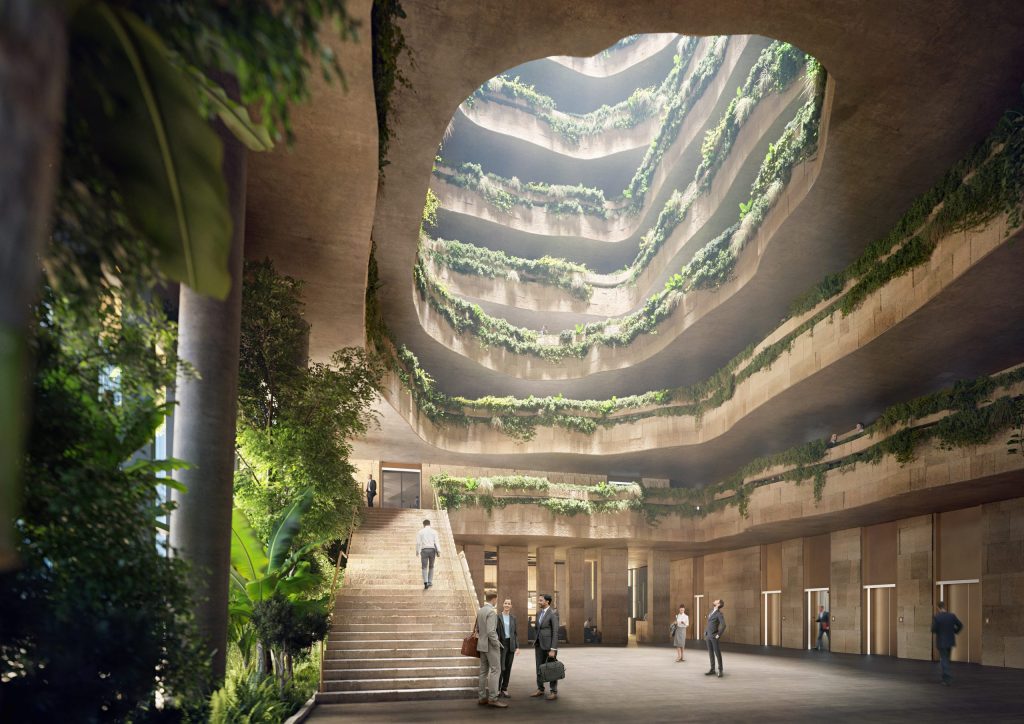
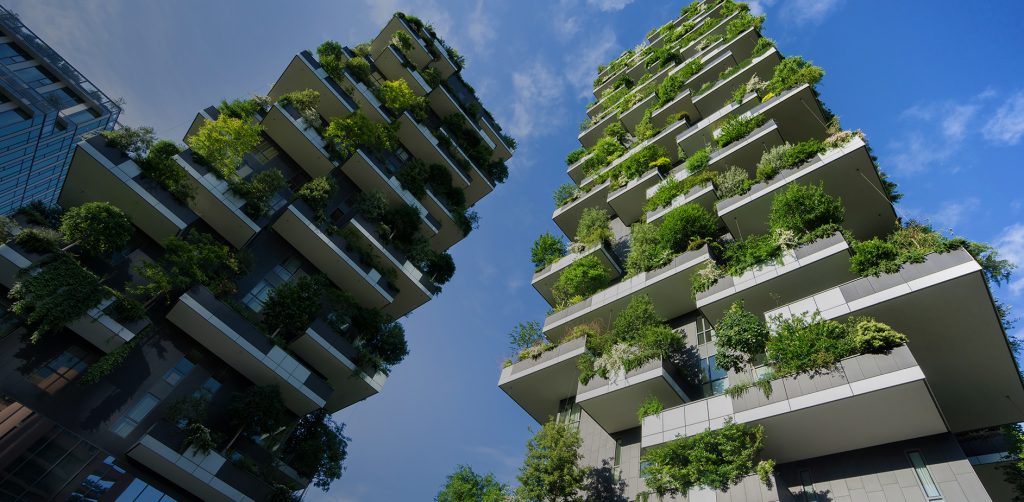
Given that construction is an important factor in worldwide energy use, it is not unexpected that sustainable architecture has become a prominent aspect to think about when designing buildings and cities.
Nowadays, architects are faced with the challenge of not only creating designs that are structurally and functionally sound but also being able to craft solutions that consider environmental factors.
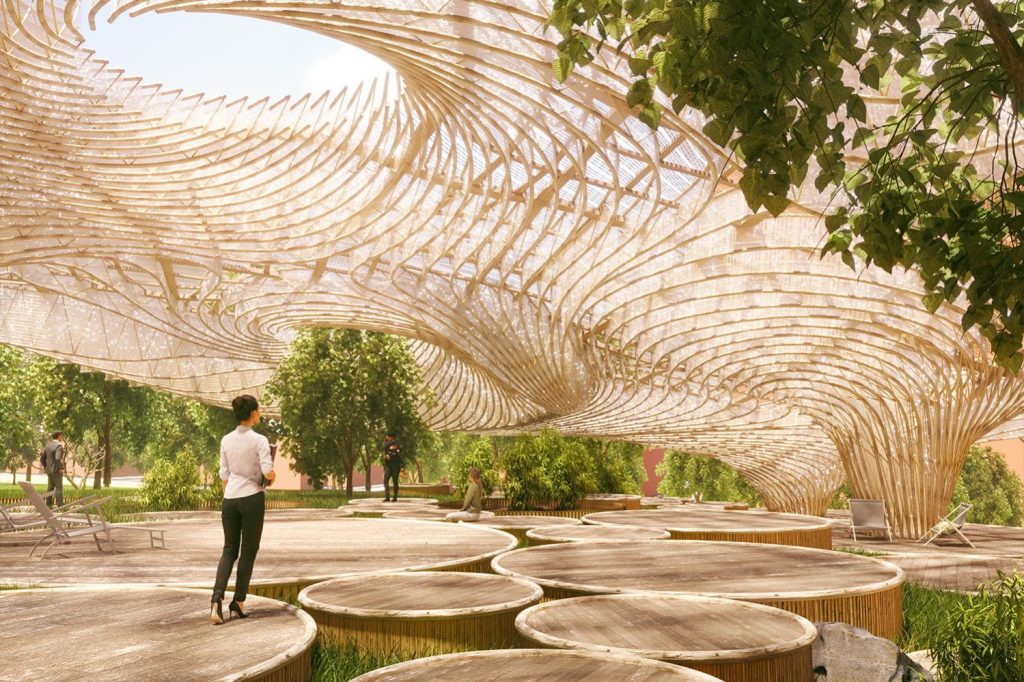
What does sustainability in architecture indicate?
Sustainable architecture, otherwise known as ‘green architecture’ or ‘environmental architecture’, is reflected in the materials, building methods, resource utilization, and design of a structure. The design must also enable the building to operate in a sustainable manner. It not only needs to be functional and visually appealing but it should also be created with the aim of achieving long-term resource efficiency. Sustainable architecture motivates architects to create clever designs and use accessible technology to ensure that structures cause minimal ecological damage and are safe for residents.
The 2017 UN Environment Global Status Report states that building and construction account for more than a third of worldwide final energy consumption and almost 40% of energy-related CO2 emissions. These figures are lower than they were in 2010 because of an increase in sustainability awareness. Nevertheless, there is still a lot of work to be done. ( Source: https://www.barker-associates.co.uk/service/architecture/what-is-sustainable-architecture/#:~:text=Sustainable%20architecture%20is%20also%20referred,the%20ecosystem%20and%20the%20communities. )
These are some of the most important Benefits and advantages of Sustainable Architecture:
- Conservation and rehabilitation of natural resources
- Reduction in energy waste
- Protection of ecosystems and environmental biodiversity
- Improve air and water quality
- Reliance on conventional energy sources
- Improve the productivity, living condition, and health of inhabitants
- Minimize demand on local utility infrastructure
And here are the most useful Sustainable Architecture Strategies for Building Design:
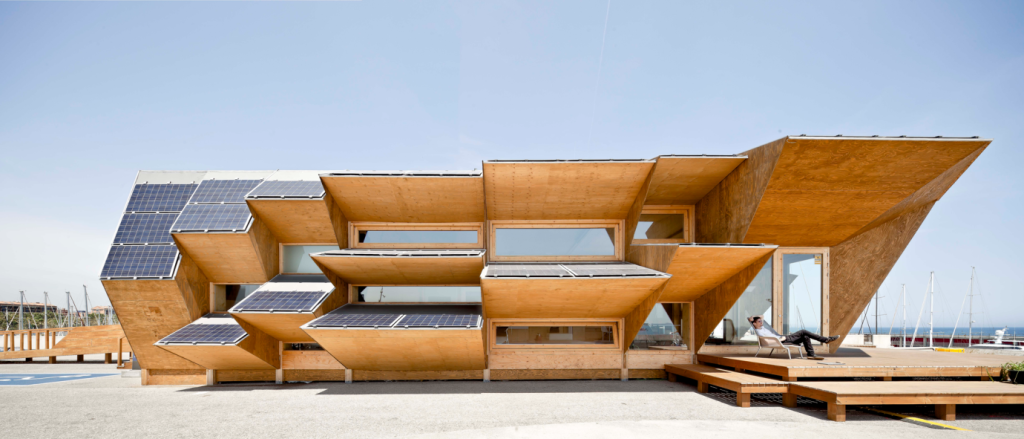
1. Renewable Energy Systems
They offer excellent possibilities for constructing structures and are frequently employed alongside passive design methodology.
2. Green Building Materials and Finishes
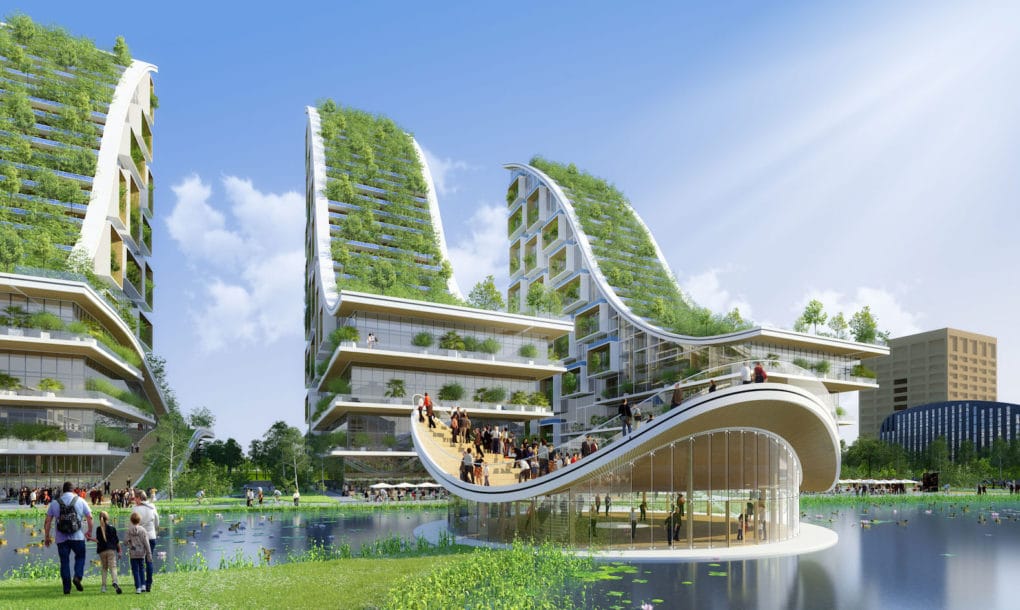
By making sure to purchase materials such as steel, lumber, concrete, and other finishing materials, architects make their buildings more sustainable. Some of the green materials that boost sustainability are bamboo, lightweight concrete, straw bales, glass fiber, natural fibers, paint that does not contain volatile organic compounds (VOCs), and sandbags.
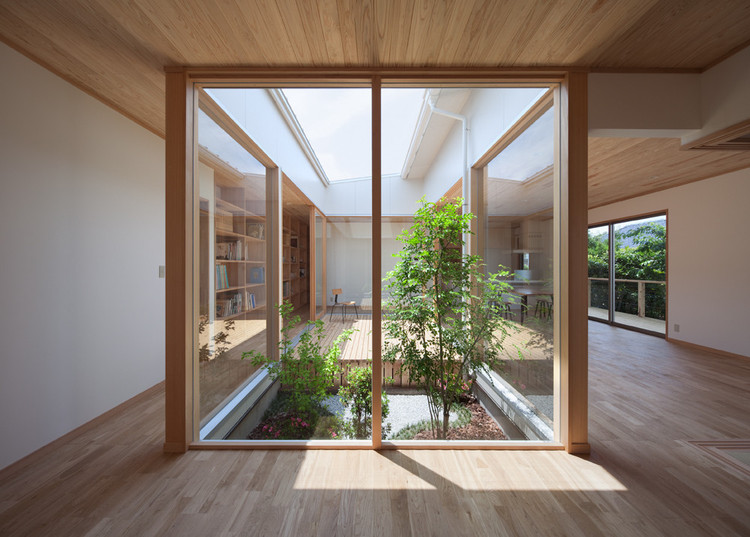
3. Natural Lighting in the Building
By using a skylight or diagonal walls that let sunlight spread inside the building, this strategy creates a healthy environment and will reduce the energy demand for lighting during daylight hours. The U-value and shading coefficient should be considered as well as the use of a safety system.
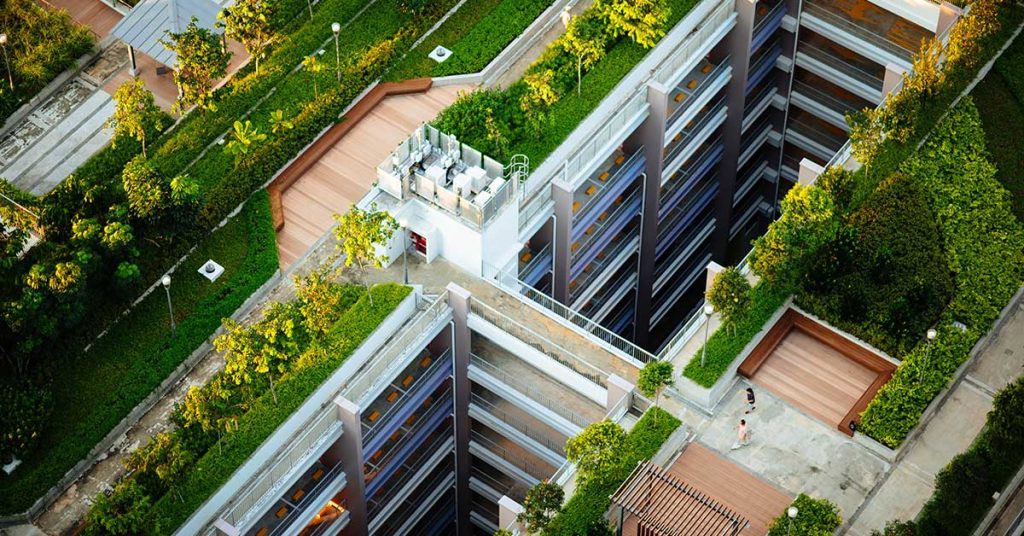
4. Stormwater Management
Rainfall replenishes the ground’s natural water table by soaking back into the water that does not evaporate. Buildings can have less of a negative environmental impact by enforcing stormwater management strategies.

5. Native Landscaping
Architects can significantly reduce irrigation requirements by utilizing local trees, plants, and grasses. Solar heat gain inside the building can be reduced by planting and raising trees that shade the roof and windows during the hottest time of the day.